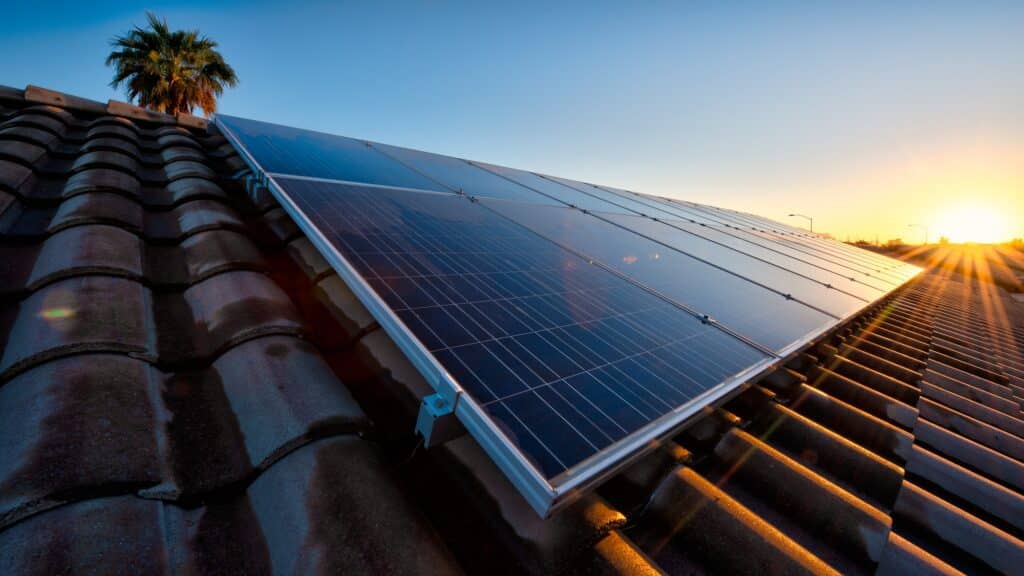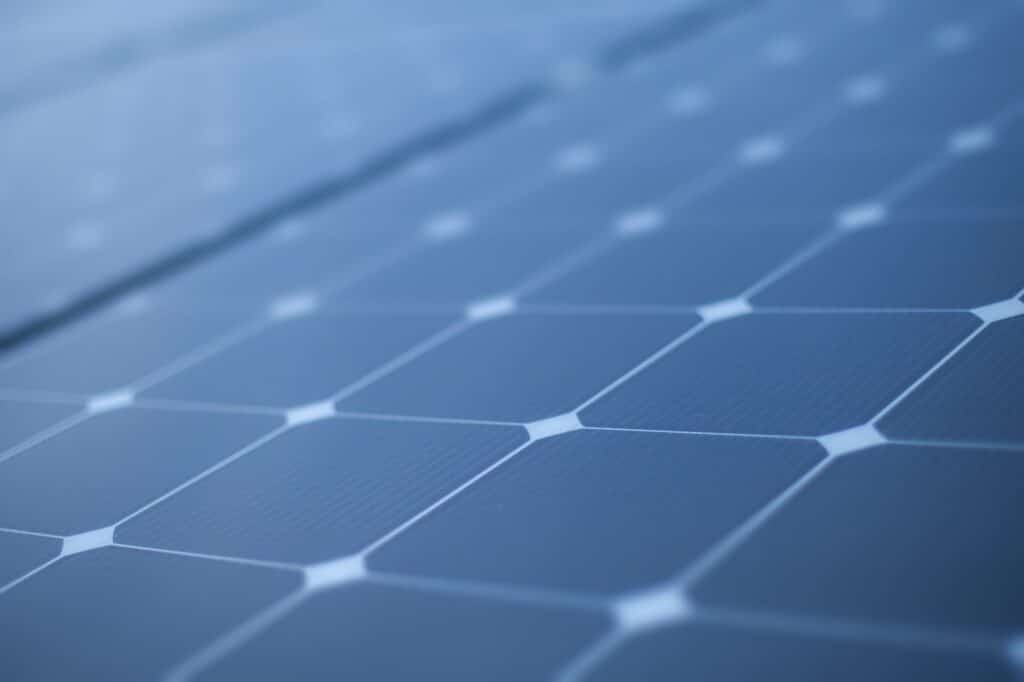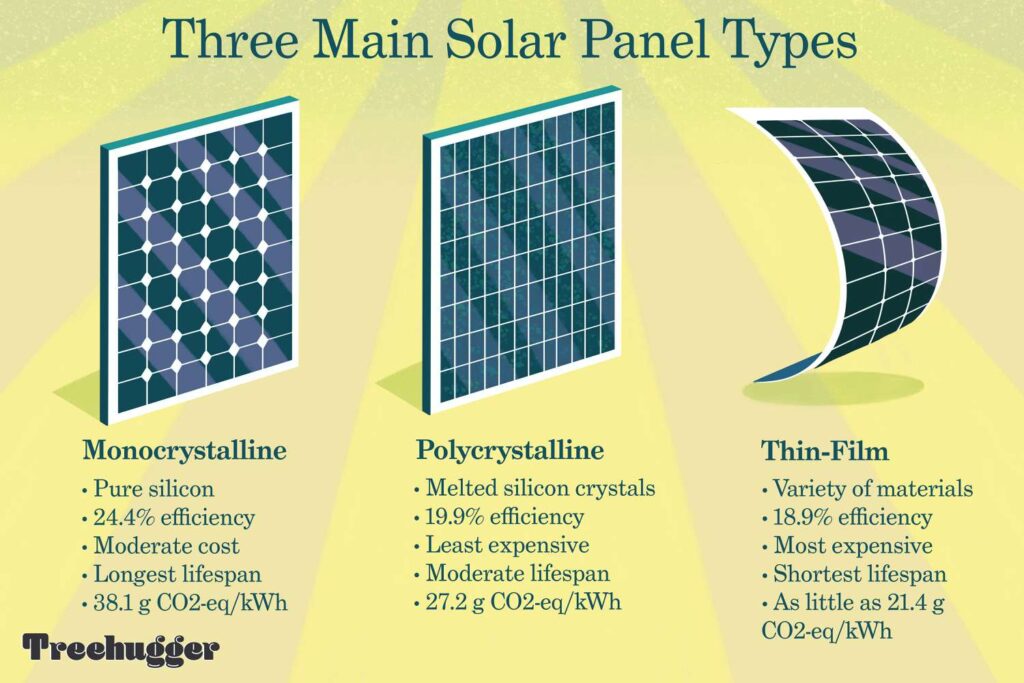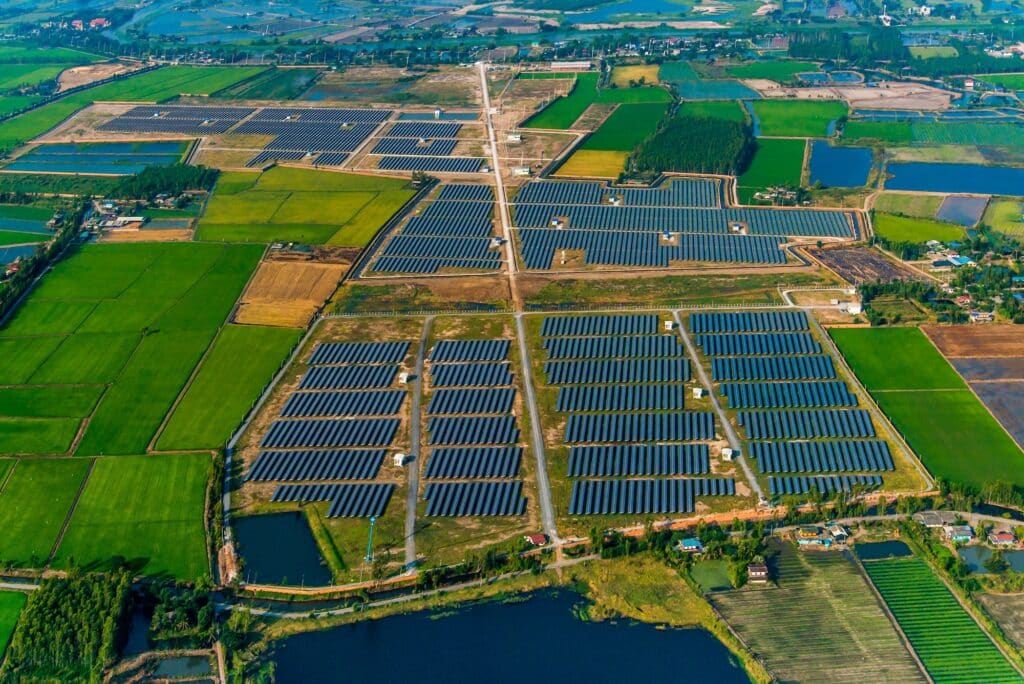Solar energy has been gaining popularity as a clean and renewable source of power. Solar panels, which convert sunlight into electricity, play a vital role in harnessing this abundant resource. In this article, we will explore what solar panels do, how they function, and the technology that enables them to generate electricity from the sun.
1: The Function of Solar Panels

Solar panels are designed to capture sunlight and convert it into electricity through a process known as the photovoltaic (PV) effect. This effect occurs when sunlight hits the solar cells within the panel, causing electrons to move and create an electric current. The generated electricity can then be used to power various appliances, devices, or even entire buildings.
2: How Solar Panels Work

Solar panels are made up of several layers, including a protective glass layer, an anti-reflective layer, and a series of interconnected cells. Solar cells are typically made from silicon, a semiconductor material that is essential for the PV effect. When sunlight passes through the protective glass layer and hits the solar cells, it excites the electrons in the silicon atoms, causing them to move and generate an electric current.
3: Types of Solar Cells and Technologies

There are several types of solar cells and technologies used in solar panels, including monocrystalline silicon, polycrystalline silicon, and thin-film cells. Monocrystalline and polycrystalline solar cells are the most common types and are known for their high efficiency, while thin-film solar cells are typically more affordable and flexible but have lower efficiency.
4: Installing and Maintaining Solar Panels

When installing the panels, it is essential to choose the right location and angle to maximize sunlight exposure. Professional solar power installers can help determine the best placement and ensure proper installation. Maintenance of these typically involves regular cleaning to remove dust and debris that can reduce their efficiency.
5: The Future of Solar Power

As solar technology continues to advance, solar panels are becoming more efficient and affordable. This trend will likely lead to increased adoption of solar power, making it an essential component of the world’s transition to cleaner and more sustainable energy sources.
Sources:
- U.S. Department of Energy: How Do Solar Panels Work?
- National Renewable Energy Laboratory: Types of Solar Cells
- International Energy Agency: Solar Power Trends and Outlook

